About

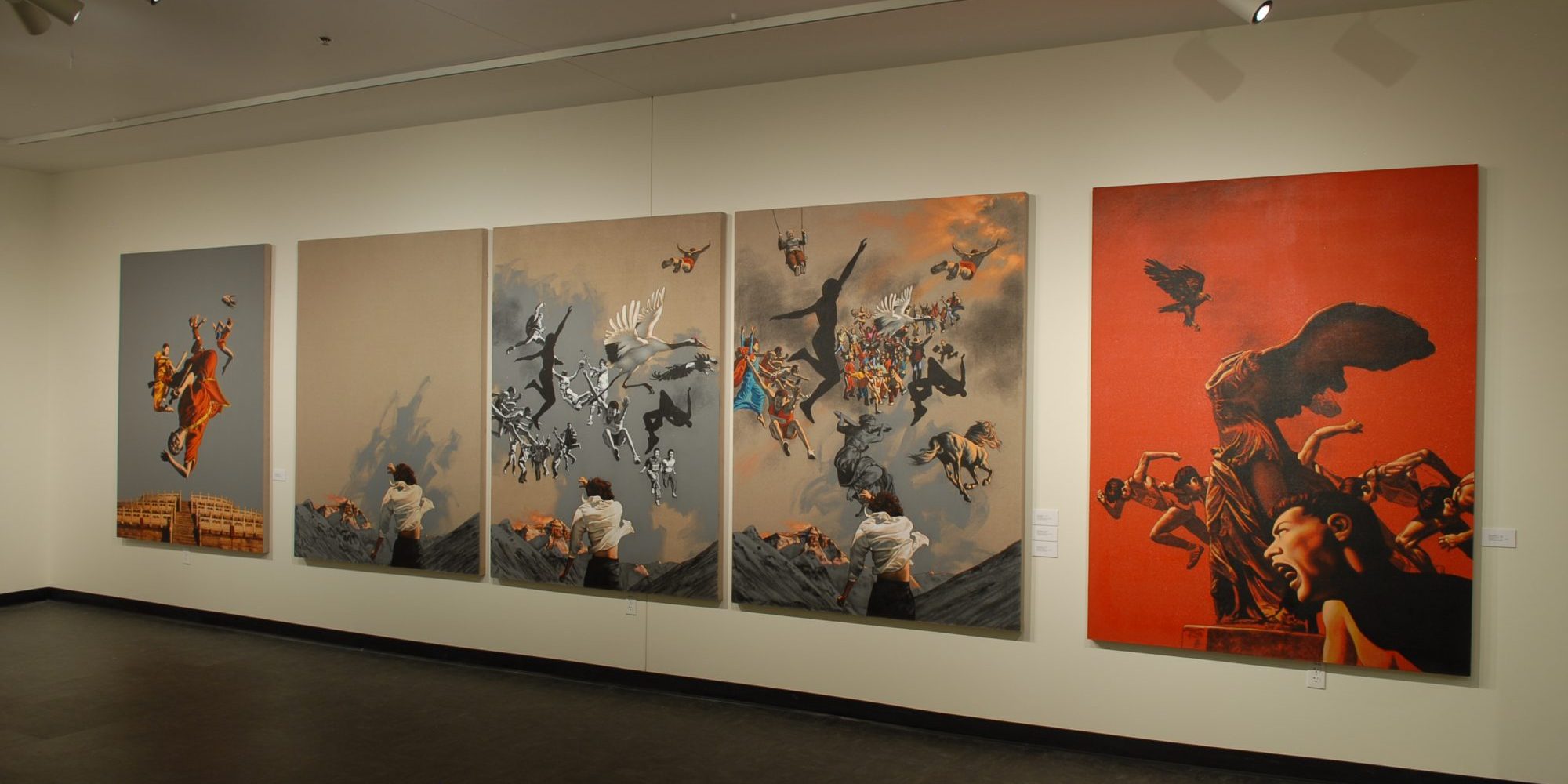
The Department of Art and Art History is dedicated to the principle that the visual arts are fundamental to intellectual life.
Who We Are
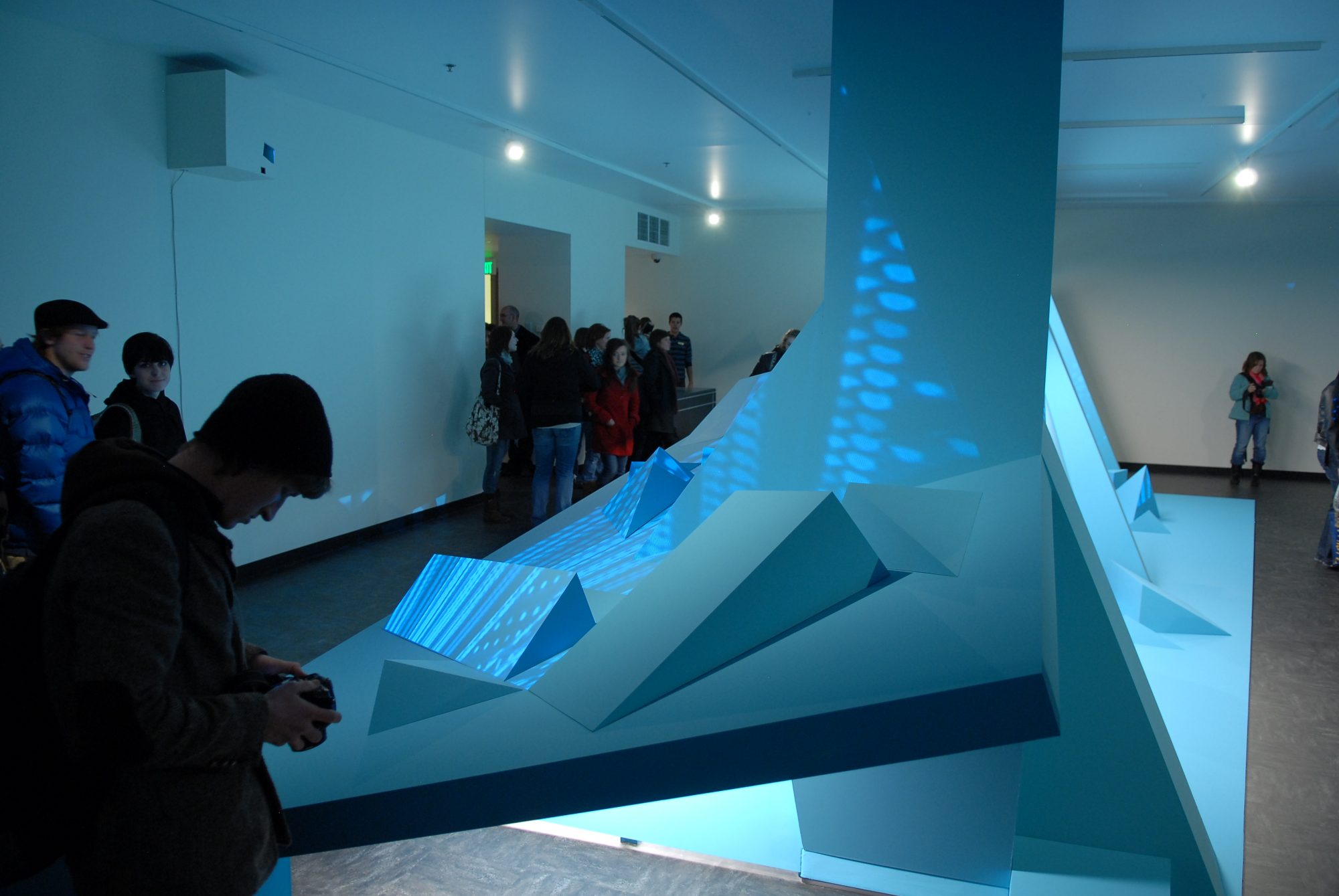
We are a diverse group of artists, scholars, designers, and makers advancing research and innovation in the visual arts, art history, and art education. Our regional, national, and international contributions add to the richness of the CSU land grant mission and honor the power of a liberal arts education as an important part of the fabric of society. We encourage intellectual growth, self-discipline, and high standards of performance in our students, faculty, and staff.
We believe the practice, understanding, and exposure to art should be available to all citizens of Colorado.

We stimulate the creative development of students, develop and maintain academic programs of excellence in the visual arts, art history, and art education by providing quality instruction, and encourage competency and productivity of faculty. We provide facilities compatible with the professional and academic goals of the department. We serve the University community and cultural mission by encouraging participation and engagement in the visual arts.
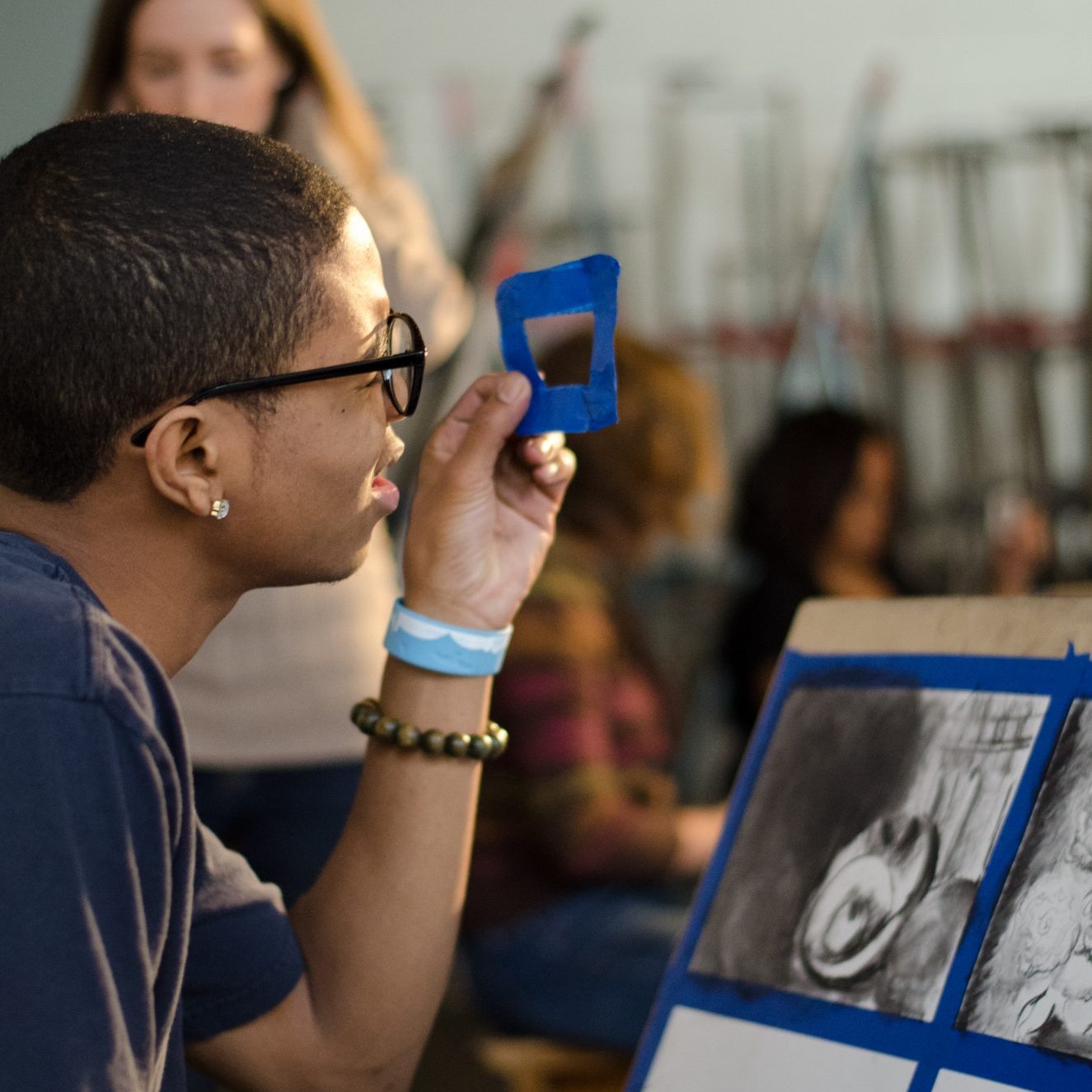

Our History
Our storied history starts in 1883 and has evolved from a department of domestic arts to a robust center for the visual arts community in Northern Colorado.
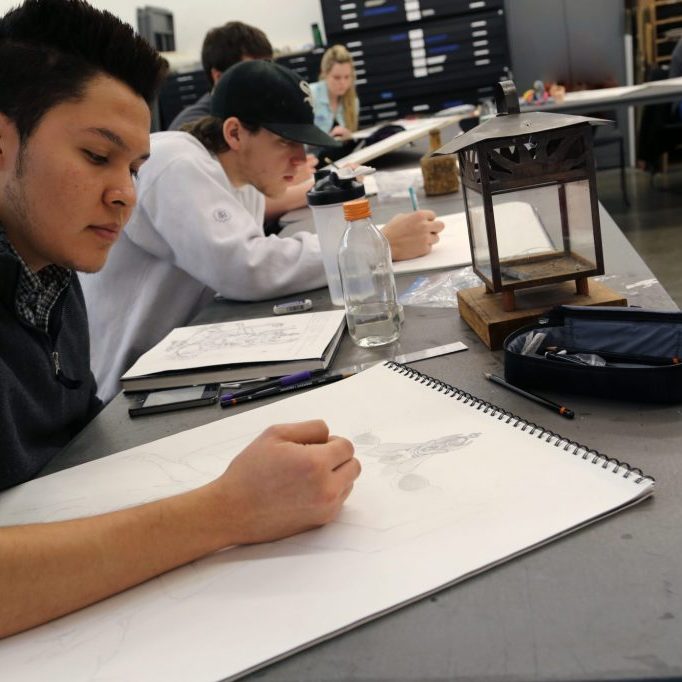
The department has evolved alongside the University.
At a Glance
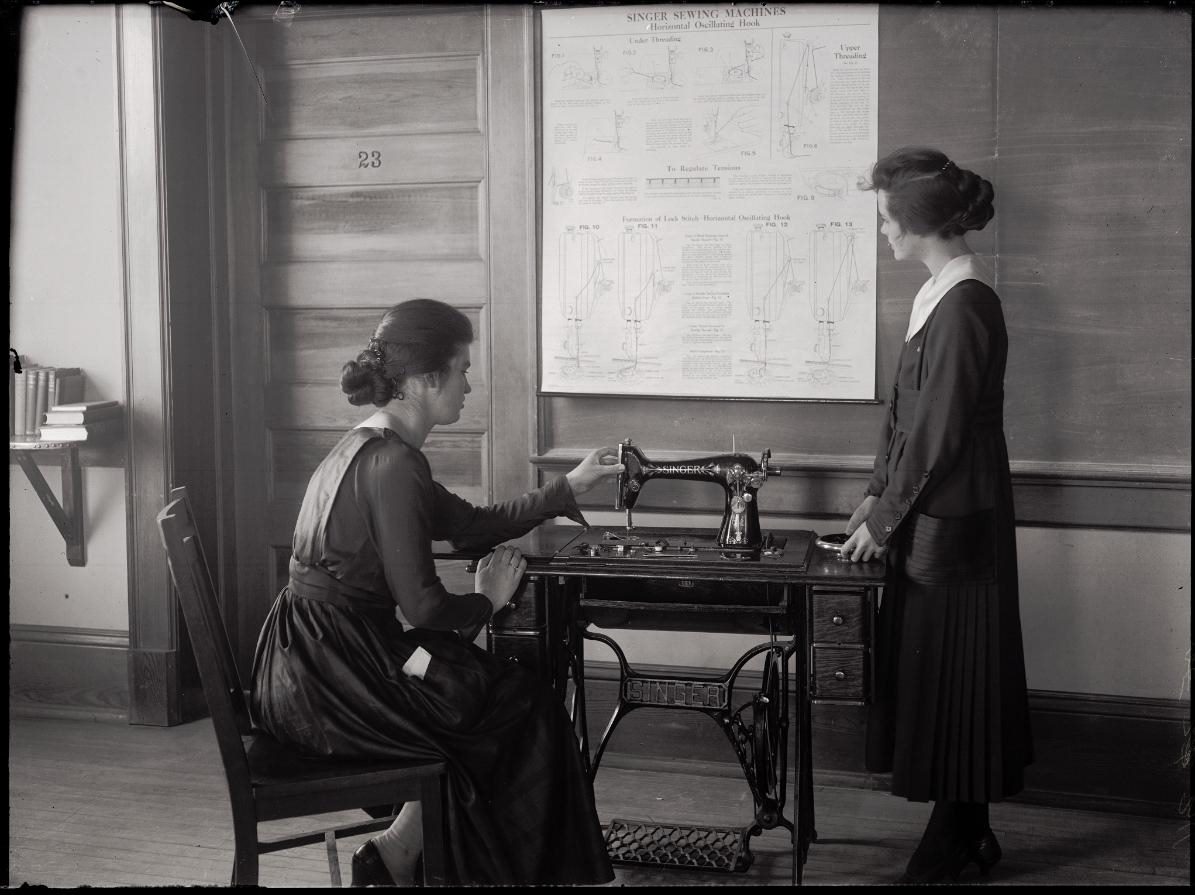
Drawing became part of the core curriculum of the university in 1883, and in 1894 the Department of Domestic Economy was established. Students studied, among other topics, the applied arts of sewing, decoration, and paper arts. In 1953, the art department was established. In the 1970s and 80s, the department moved into its own dedicated building and garnered national attention, hosting visiting artists such as Andy Warhol, Christo and Jean-Claude, and Robert Rauschenberg.
Our Facilities

Our building is a laboratory that is dedicated to the creation, exhibition, and experience of visual art.

It is fundamental for the success of our students and provides a space for dreaming, experimentation, & collaboration to occur organically. The building is filled with vibrancy from the energy of our students and the characteristic natural light of Colorado. It is home to studios, seminar rooms, lecture spaces, computer and fabrication labs. Each concentration has its own dedicated space with specialized equipment to support the exploration of techniques, mediums, and concepts.
The Principles of Community support the Colorado State University mission and vision of access, research, teaching, service & engagement.
OUR PRINCIPLES OF COMMUNITY
A collaborative, and vibrant community is a foundation for learning, critical inquiry, and discovery. Therefore, each member of the CSU community has a responsibility to uphold these principles when engaging with one another and acting on behalf of the University.
Inclusion: We create and nurture inclusive environments and welcome, value and affirm all members of our community, including their various identities, skills, ideas, talents and contributions.
Integrity: We are accountable for our actions and will act ethically and honestly in all our interactions.
Respect: We honor the inherent dignity of all people within an environment where we are committed to freedom of expression, critical discourse, and the advancement of knowledge.
Service: We are responsible, individually and collectively, to give of our time, talents, and resources to promote the well-being of each other and the development of our local, regional, and global communities.
Social Justice: We have the right to be treated and the responsibility to treat others with fairness and equity, the duty to challenge prejudice, and to uphold the laws, policies and procedures that promote justice in all respects.
Five Principles of community
Our commitment to embrace access and success.
Inclusion

Colorado State University’s commitment to inclusive excellence is part of our role and mission as a land-grant institution. At Colorado State University, we are working toward a vision of a vibrant university community that welcomes and affirms all people, perspectives, and ideas. A collaborative, and vibrant community is a foundation for learning, critical inquiry, and discovery. Our goal is to foster and maintain an environment where all members of the University community are welcomed, valued, and affirmed.
For more information, please visit the Office of the Inclusive Excellence's website: